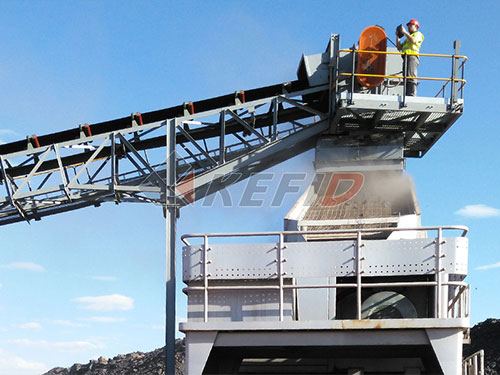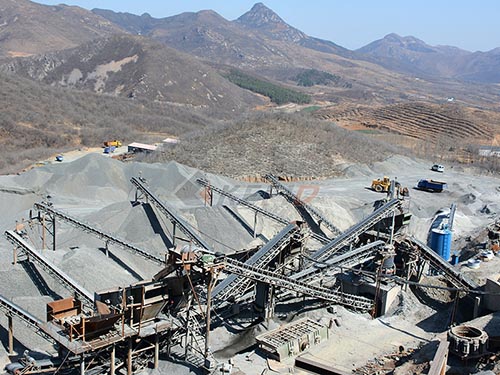The Concrete Revolution: How FRA Crushed Illinois’ Infrastructure Woes (One Road at a Time)
The rhythmic growl of heavy machinery echoes across a stretch of Interstate 55 south of Chicago as dusk settles. Under powerful floodlights, massive jaws clamp down on slabs of old concrete pavement, shattering them into jagged pieces with a resonant CRUNCH. This isn’t destruction; it’s transformation – the vital first step in Full Depth Reclamation (FDR) using Cement Treated Recycled Base (CTRB), more commonly known as FDR Aggregate Base or FDR AB, often colloquially referred to as “Frap.” And across the Prairie State, this innovative process isn’t just fixing roads; it’s fundamentally reshaping how Illinois approaches its immense infrastructure challenge.
Illinois boasts one of the nation’s most extensive transportation networks – over 150,000 miles of public roads crisscrossing its flatlands and rolling hills, connecting bustling cities like Chicago and Peoria to countless rural communities and vital agricultural hubs. Decades of harsh winters featuring freeze-thaw cycles, punishing summer heatwaves, relentless heavy truck traffic supporting industry and agriculture, and sometimes deferred maintenance have taken a brutal toll. The result? A pervasive network plagued by potholes, cracking pavement, rutting surfaces that pool water dangerously, and crumbling shoulders – frustrations familiar to every Illinois motorist and costly burdens for businesses reliant on efficient logistics.
Traditionally faced with deteriorating roads like Highway 20 near Rockford or aging stretches of Route 50 through Central Illinois’s farmlands, engineers had limited options:

1. Mill & Overlay: Grinding off the top few inches of asphalt and replacing it was relatively quick but often just a temporary fix for deeper structural failures lurking beneath.

2. Full Reconstruction: Excavating everything down to the subgrade soil – hauling away tons of debris to landfills – then rebuilding entirely with new aggregate base and fresh asphalt or concrete pavement was undeniably durable but incredibly expensive ($1 million+ per lane mile easily), disruptive for months on end, environmentally taxing due to material extraction and disposal demands, and generated significant greenhouse gas emissions through hauling.
3. Partial Reconstruction: Trying to patch deeper sections was complex and still involved significant waste removal.
Enter Full Depth Reclamation with Cement Stabilization (FDR-CTRB), popularly known as the “Frap Process.” This isn’t merely recycling; it’s an intelligent reengineering strategy that turns existing road problems into their own

Leave a Reply